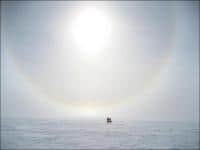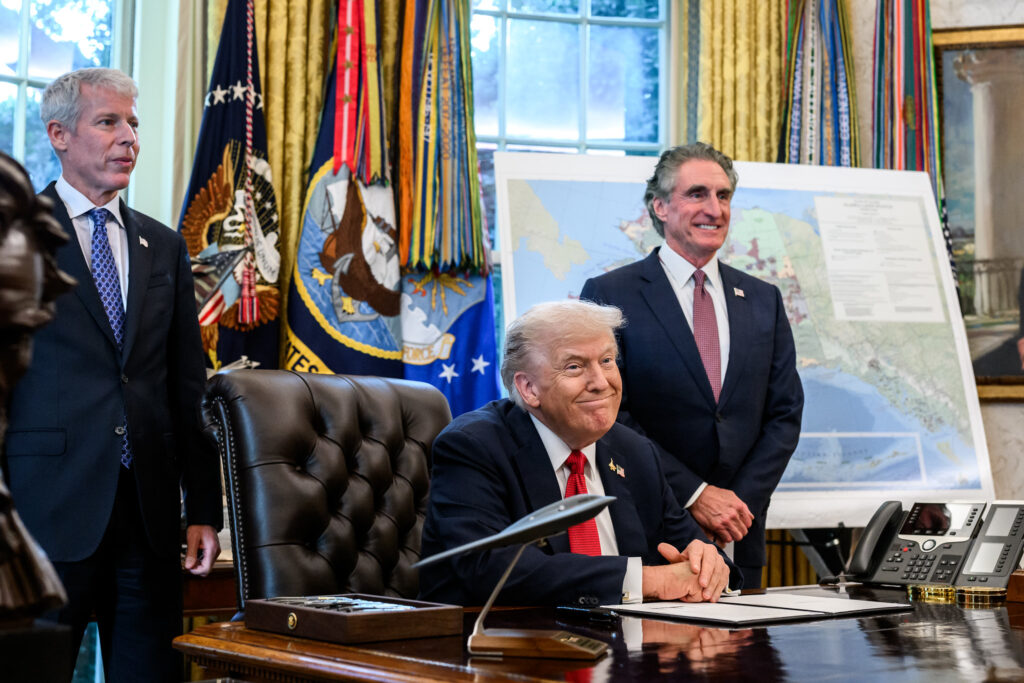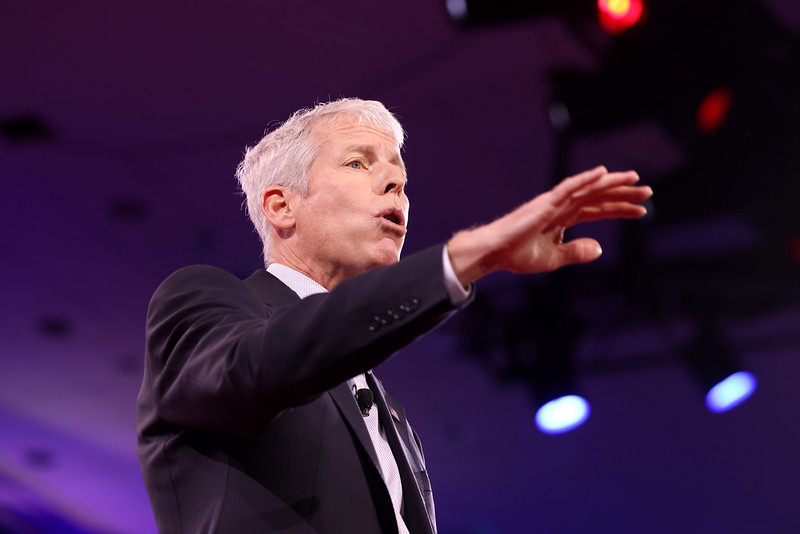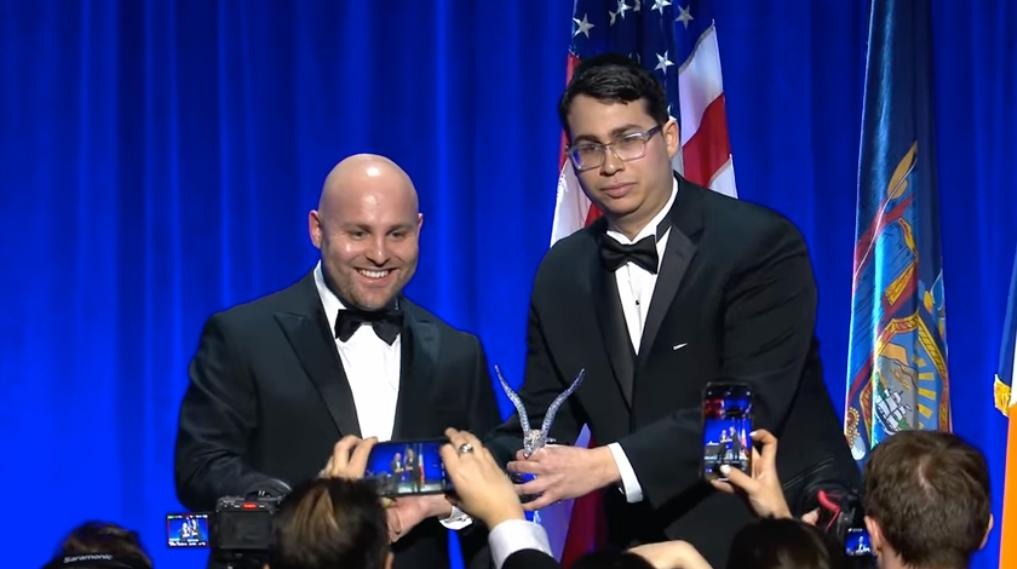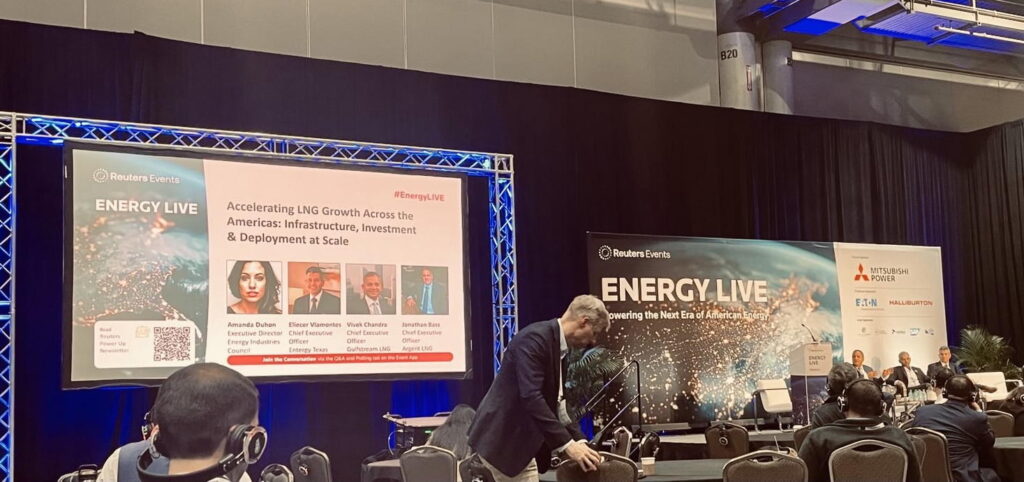For someone who has experienced “freaky weather” in the Antarctic up close and personal, reports this week that baby Antarctic penguins are freezing to death due to “freak rain storms,” came as no surprise.
Fellow explorer Jon Bowermaster had this to say:
Everyone talks about the melting of the glaciers but having day after day of rain in Antarctica is a totally new phenomenon. As a result, penguins are literally freezing to death.”
The sad truth is there’s been a lot of freaky things happening in the Antarctic lately.
If little baby penguins freezing to death isn’t enough, a new study out last week from the University of Washington has found that penguin populations are plummeting due to climate change, pollution and other factors like fish stock depletion and loss of breeding habitat.
Despite it still being the winter season in the Antarctic, with temperatures as low as minus 85 Fahrenheit, the massive Wilkins Ice Shelf is collapsing as we speak.
And then there’s the “freaky snow.”
With all that ice, it might seem kind of backwards to call snow at the South Pole “freaky,” but it is. The Antarctic is literally a desert of ice with an average of 1-inch of precipitation each year.
Antarctica is in fact the the coldest, highest, windiest and driest continent on earth.
Last year, when I attempted to become the first American to reach the South Pole, solo and unaided, it was the “freaky snow” that stopped me in my tracks.
At first the snow fell only lightly. Clouds of tiny crystals sank from the sky like plankton to the sea floor. I stood for a while, still hooked to my sled, unbelieving. It was not clear if what I was seeing was real. My mind and body had become so deeply worn from the hundreds of miles of hauling that at first I could not be sure. I was alone, exhausted and doing my best o stay alive and reach the South Pole on a dwindling supply of food and fuel.
Many days before, injury had taken my expedition partner, along with too much of our supplies. The image of the evacuation plane was now a foggy and distant one, and now here I was, standing alone in the middle of Antarctica witnessing something not easily believable – it seemed to be snowing in the driest place on earth.
But what began as a curious illusion soon turned to real alarm.
Within hours the crystals thickened and turned heavy – and soon visibility would be completely chocked off. By midnight a rare easterly rose, climaxing at to 40 knots. What began as a crystal dance now turned to a full-blown blizzard – the equivalent of torrential rain in the middle of the Sahara. What I was seeing was real, the world had indeed turned upside-down, and it would be more than a week before it could right itself.
I was trapped, wrapped in a blizzard somewhere around the 83rd parallel. A few hundred miles away at Base camp – things were no better. I spoke by satellite phone from my buried tent to Mike Sharp, the Logistics Veteran who had not missed an Antarctic season since 1977. He could offer little comfort:
I’ve never seen anything like this mate. I don’t know what to make of it, but whatever you do, don’t move”
Of course I moved, I needed to move, I was running short of food… Struggling over the ice, blinded by fierce white, I began to wonder what had caused this. Could this be an isolated event, or was it part of a bigger system? Could this be part of larger phenomena – like Global Warming?
Last year I was wondering, but now I know for certain that even in the coldest, driest place on earth something just isn’t right.
On November 8, 2008 Todd Carmichael will attempt to become the first American in history to reach the South Pole, solo and unaided.
Sign up for Todd’s newsletter and get expedition updates live from the Antarctic.
Subscribe to our newsletter
Stay up to date with DeSmog news and alerts


